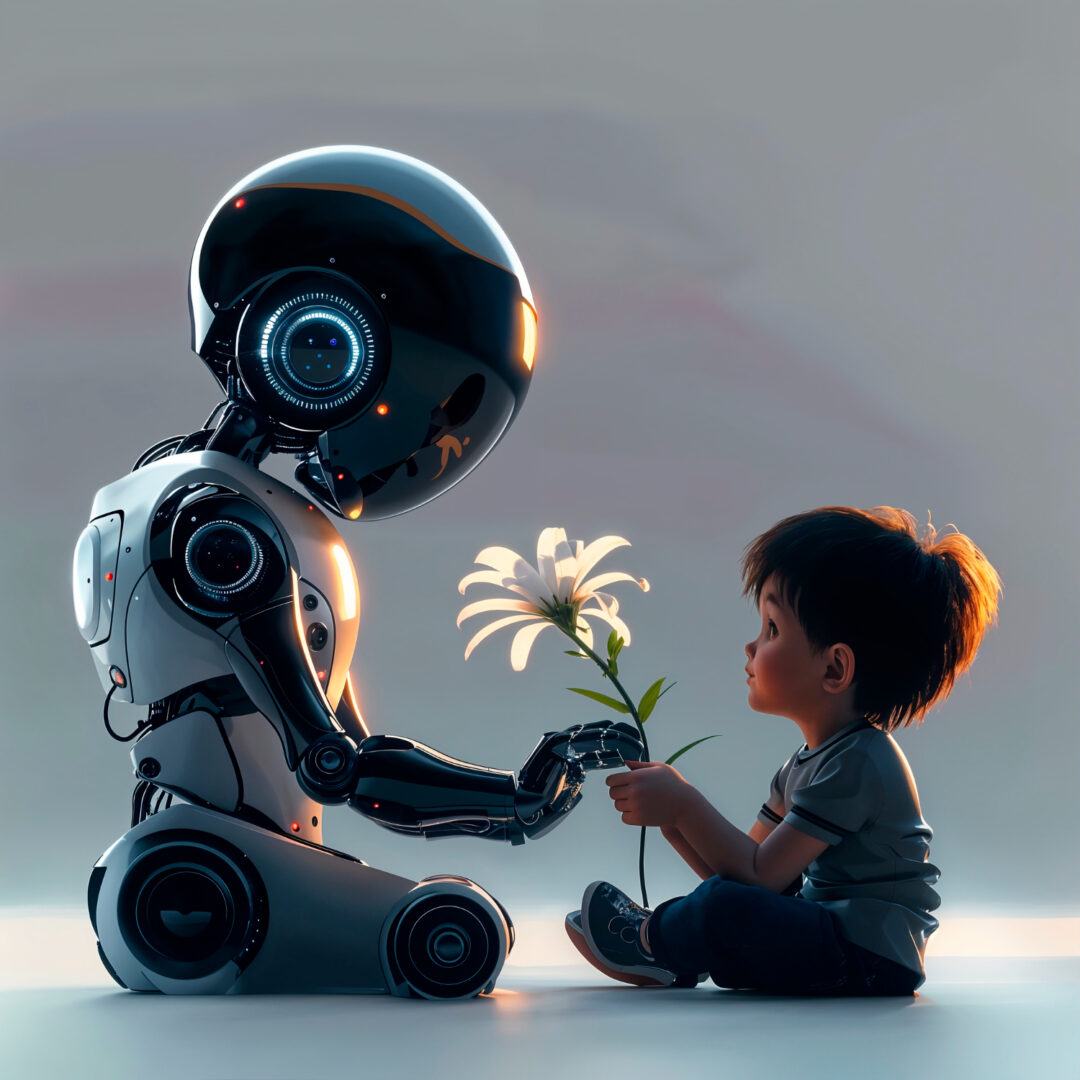Content creation can feel like a never-ending job, whether you are a writer, filmmaker, musician, or internet personality. You need fresh content almost every day.
That’s tough.
As a writer, I had difficulty coming up with innovative ideas, which kept me from creating consistently. It also took me hours to ideate, outline, write, and edit a particular post.
Additionally, I had to post on social media platforms, send weekly newsletters, create designs, and sometimes film videos. It felt like a never-ending task every week.
It felt impossible to stay consistent and creative without burning out.
But that doesn’t happen anymore—thanks to AI. I can create quality content 10 times faster.
Here’s how I do it (and how you can too).
1/ Build a Content Pillar
I first pick a core piece of content — usually a blog post or a long-form article. I call this my content pillar because it helps me create other forms of content later.
A long-form article is usually valuable, in-depth, and helpful. For example, I recently wrote a post titled “The 5-Step Morning Routine Backed by Psychology That Boosted My Success.” I used AI (ChatGPT) to help brainstorm headlines, structure the outline, and speed up the draft.
However, I still wrote the core message myself because it was about my morning routine. I had to research some psychological facts for the article, which was easy because of AI. Further, AI helped me skip the “black page paralysis”—something that happened a lot to me in the past.
If you can provide a strong prompt to ChatGPT or other AI chatbots, it makes brainstorming and ideating 10x faster. This is the prompt I used for my article:
“Outline a blog post on the best morning routine backed by psychology, and include the following five major activities to it.”
2/ Repurpose the Pillar Content
Once my long-form blog is ready, I turn it into smaller content pieces using AI:
- 1 LinkedIn post: I extract the key insight and turn it into a short, engaging narrative or thought piece.
- 1 X thread or 4–5 posts: I break the article into a thread or 4–5 puncy, standalone tweets (I still call them that, even though Twitter has become X now).
- 1 Instagram carousel: I use subpoints as slides, and AI helps me write captions for the post.
- 1 newsletter: I summarize the post with a friendly intro, a lesson, and a link to read more for my weekly newsletter.
- 1–2 designs: I sometimes turn my article into an infographic or animated video content. For that, I use Canva. However, AI helps me decide what design elements to use.
That’s five solid pieces from one blog. AI tools like ChatGPT, Notion AI, and Canva’s Magic Write can help speed this up.
Prompt I use:
“Turn this article into a X thread with a strong hook and 6 points.”
Or
“Write a newsletter email for my subscribers about this blog. Also, add a link so that they can read the entire article.”
3/ Batch Create Visuals and Captions
As I said, I use Canva to create designs for Instagram, LinkedIn, and other platforms. I usually pick pre-made templates on Canva and tweak them to my liking.
Since I already have the copy (thanks to AI), designing becomes drag-and-drop easy. I also ask ChatGPT to write captions that match the tone for each platform:
- Professional for LinkedIn
- Friendly and relatable for Instagram
- Punchy and direct for X
I batch create all the visuals and save them in a folder by platform.
Prompt I use:
Write an Instagram caption in a warm, friendly tone for my article about psycologicallly backed morning routines. Here’s the link to my article: [my article link].”
4/ Scheduling
I use AI to make my work easier and faster. I do not have to manually generate ideas and write drafts for my content.
What’s even better is scheduling the posts once they are ready so that I do not have to worry about posting them manually. I use planning and scheduling tools that allow me to do that.
- Metricool for social media
- ConverKit (now known as Kit) for newsletters
- Notion for personal planning
I upload all the content, add dates, and schedule everything out.
Knowing my content is locked in for the week gives me peace of mind (and frees up the rest of my week for more profound work or client projects).
But What About Quality?
Just because I use AI doesn’t mean I copy-and-paste whatever it throws at me. I always ensure the final content is how I want it to be.
AI helps you move faster, not think less.
I never post something without reviewing and personalizing it. I still inject my voice, tell my stories, and use my own experiences. AI just moves the friction.
AI is like having an assistant who:
- Gives you ideas
- Polishes your grammar
- Suggests better phrasing
- Helps brainstorm like a pro
The creativity still comes from me. AI just gives me speed and accuracy.
Lastly
AI isn’t here to replace your creativity; it’s here to amplify it.
Using AI can be a game-changer if you’re trying to show up consistently online but feel like there’s never enough time.
Thanks to AI, I can spend one focused day creating content for the week and free up the rest of my time to grow my business, write more stories, work on client projects, or just enjoy life.
So, that’s pretty much how I create more content with less stress while still staying true to my voice.
Feel free to use the workflow and tools I use to automate your creative process using AI, too.
—
AI can do 80% of the heavy lifting — but only if you know how to use it properly.
That’s why I put together a simple resource to help you:
🚀 AI-Powered Content Creation Toolkit
No fluff. No jargon. Just straightforward ways to make AI work for you.




